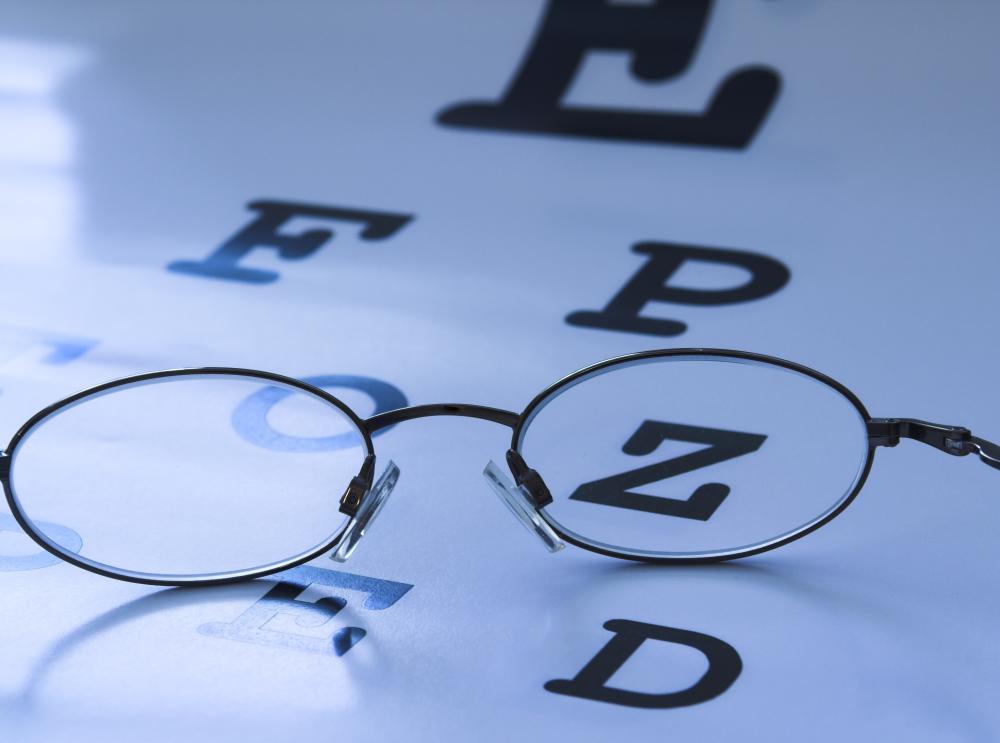At TheHealthBoard, we're committed to delivering accurate, trustworthy information. Our expert-authored content is rigorously fact-checked and sourced from credible authorities. Discover how we uphold the highest standards in providing you with reliable knowledge.
What is Retinal Vein Thrombosis?
Retinal vein thrombosis, or retinal vein occlusion, causes a blockage of normal blood flow to the eye's retina. Symptoms of this condition may appear subtly but gradually worsen over time. Cardiovascular problems and other risk factors often contribute to the formation of eye thrombosis. Tests for this type of blockage evaluate vision, eye pressure, and any damage to the retina. Treatment methods depend on whether the blockage is partial or complete.
Located in the back of the eye, retina tissue helps to focus on images and light, thereby providing vision. The operation of the retina are similar to a camera lens. The retina must also circulate blood flow freely through an artery and a vein to function properly. Retinal vein thrombosis occurs when that blood circulation throughout the eye becomes blocked because of lack of oxygen. The results lead to a blood clot or hemorrhaging in part of the retina, which in turn affects vision.

Blockage may be present if a person experiences blurred vision or sudden vision loss in one eye. Episodes of blurred or temporary vision loss may last no more than 15 minutes according to medical sources. Retinal vein thrombosis causes no pain, but symptoms can gradually damage the retina and cause permanent loss of sight if not properly treated.
Some people may experience retinal vein occlusion because of the structure of the eyes or as a result of a preexisting medical condition. The veins within an eye may be too narrow, thereby increasing the risk of the blockage. Cardiovascular diseases such as atherosclerosis, or hardening of the arteries, also raise the risk of developing retinal vein thrombosis in one eye. Blockage in the veins of the body can also coincide with those of the retina to cause thrombosis. In addition to atherosclerosis, other risk factors associated with this condition include diabetes, high blood pressure, and glaucoma.

To detect the presence of retinal vein occlusion, a doctor tests for vision and overall eye health. Upon reviewing the relevant medical history, the doctor uses visual acuity and field tests to determine how well the patient sees letters and objects. Comprehensive tests such as slit lamp, retinal photography, intraocular pressure, pupil reflex, and refraction examine the inside of the eye for retinal vein occlusion.

Treatment options for partial and total retinal vein thrombosis include laser procedures as well as injections. Laser photocoagulation helps to prevent fluid buildup in the area of the retinal vein blockage. Anti-vascular endothelial growth factor injections reportedly treat thrombosis and prevent the development of eye diseases like glaucoma. Methods for treating retinal vein thrombosis do not reverse the blockage, however; they simply prevent new ones from forming and worsening vision. Vision in the eye ultimately returns, but it is rarely 100 percent back to normal.
AS FEATURED ON:
AS FEATURED ON:


















Discuss this Article
Post your comments